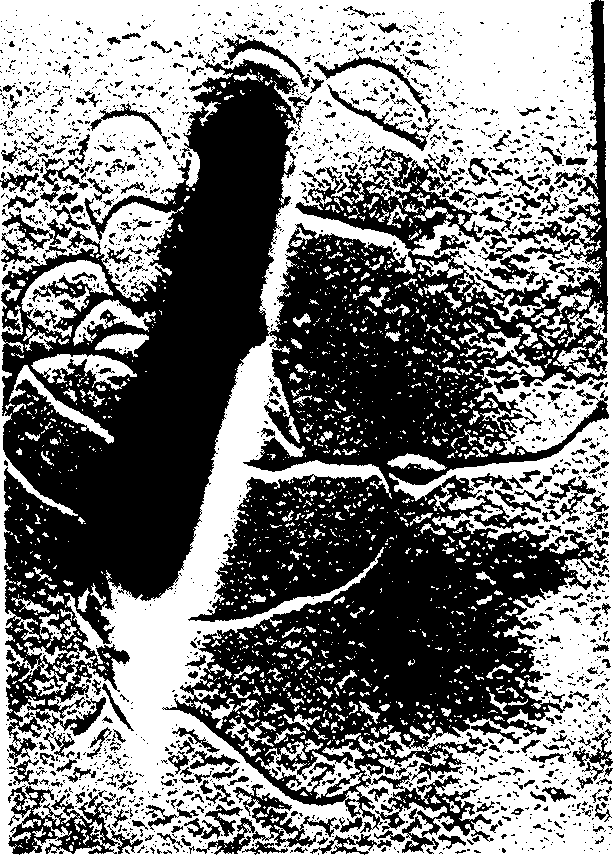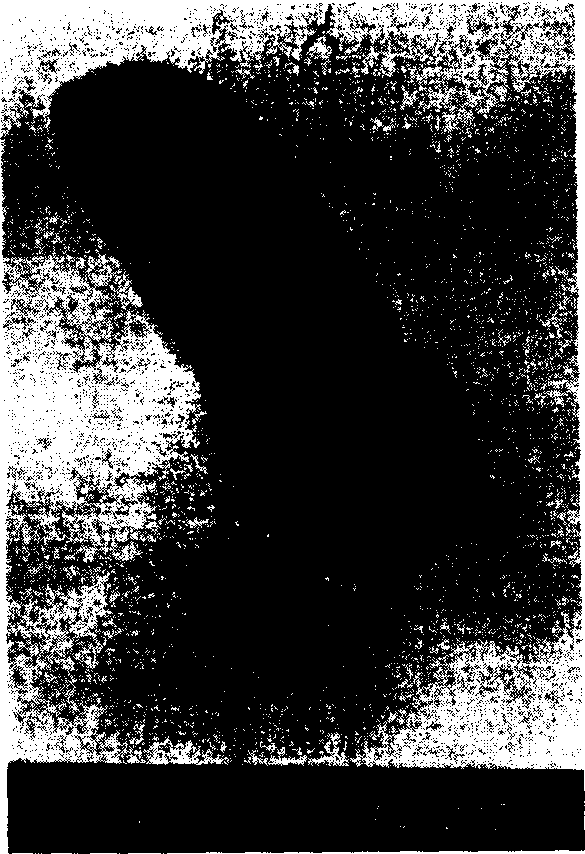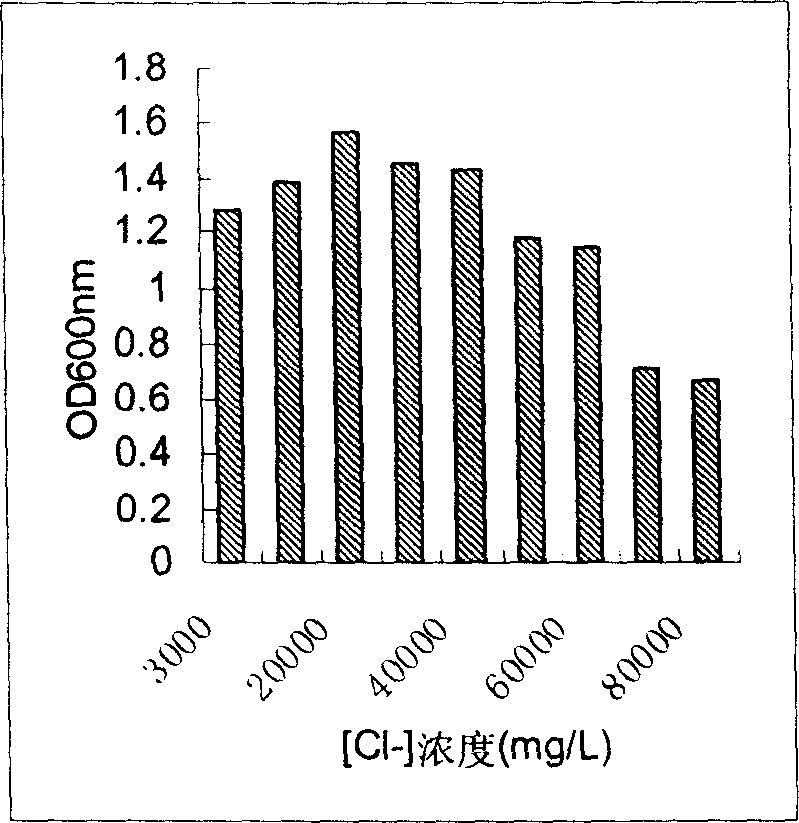Use of chlorine-resisting strain S616
A S616, strain technology, applied in bacteria, microorganism-based methods, biological water/sewage treatment, etc., can solve the problems of high organic matter, poor biodegradability of wastewater, and high treatment costs
Inactive Publication Date: 2007-01-17
CHINA UNIV OF GEOSCIENCES (WUHAN)
View PDF0 Cites 2 Cited by
- Summary
- Abstract
- Description
- Claims
- Application Information
AI Technical Summary
Problems solved by technology
On the one hand, this type of wastewater has complex components, many refractory organic substances, and poor biodegradability of the wastewater; on the other hand, the wastewater has a high salt content and a high concentration of chloride ions, and the concentration of chloride ions in the mixed wastewater can reach 20,000 mg/L
At present, non-biological methods and biological methods are used for salt-containing organic wastewater. The non-biological method is unacceptable to enterprises due to its high treatment cost and poor treatment effect. The biochemical method has always been the first method
Method used
the structure of the environmentally friendly knitted fabric provided by the present invention; figure 2 Flow chart of the yarn wrapping machine for environmentally friendly knitted fabrics and storage devices; image 3 Is the parameter map of the yarn covering machine
View moreImage
Smart Image Click on the blue labels to locate them in the text.
Smart ImageViewing Examples
Examples
Experimental program
Comparison scheme
Effect test
 Login to View More
Login to View More PUM
 Login to View More
Login to View More Abstract
Use of chlorine-resisting strain S616 lies in treatment of high-concentrated chlorine-ion-contained waste water. The process is carried out by selecting Bacillus firmus S616, culturing in enlargement culture medium for 20-24hrs in proportion of Bacillus firmus S616: high-concentrated chlorine-contained waste water= (1-4):50, inoculating Bacillus firmus S616 in high-concentrated chlorine-ion-contained waste water, constant-temperature culturing at 30-40 degree and pH=7.0-8.0 and reacting for 48-72hrs. It can degrade high-concentrated organic pollutant efficiently and remove COD in waste water in 72hrs.
Description
technical field [0001] The invention relates to the application of a chlorine-resistant microorganism. Background technique [0002] High-salinity refractory organic wastewater, such as petroleum exploration, chemical, pharmaceutical and other wastewater, has become a worldwide technical problem in the field of environmental protection water treatment. However, the hydrochloric acid method turmeric saponin production wastewater is representative of the high-concentration saline refractory organic wastewater. On the one hand, this type of wastewater has complex components, many refractory organic substances, and poor biodegradability of the wastewater; on the other hand, the wastewater has a high salt content and a high concentration of chloride ions, and the concentration of chloride ions in the mixed wastewater can reach 20,000 mg / L. At present, non-biological methods and biological methods are used for saline organic wastewater. The non-biological method is unacceptable t...
Claims
the structure of the environmentally friendly knitted fabric provided by the present invention; figure 2 Flow chart of the yarn wrapping machine for environmentally friendly knitted fabrics and storage devices; image 3 Is the parameter map of the yarn covering machine
Login to View More Application Information
Patent Timeline
 Login to View More
Login to View More IPC IPC(8): C02F3/34C02F1/58C12N1/20C12R1/07
Inventor 信欣王焰新鲍建国刘慧杨雪芬李平
Owner CHINA UNIV OF GEOSCIENCES (WUHAN)
Features
- R&D
- Intellectual Property
- Life Sciences
- Materials
- Tech Scout
Why Patsnap Eureka
- Unparalleled Data Quality
- Higher Quality Content
- 60% Fewer Hallucinations
Social media
Patsnap Eureka Blog
Learn More Browse by: Latest US Patents, China's latest patents, Technical Efficacy Thesaurus, Application Domain, Technology Topic, Popular Technical Reports.
© 2025 PatSnap. All rights reserved.Legal|Privacy policy|Modern Slavery Act Transparency Statement|Sitemap|About US| Contact US: help@patsnap.com



